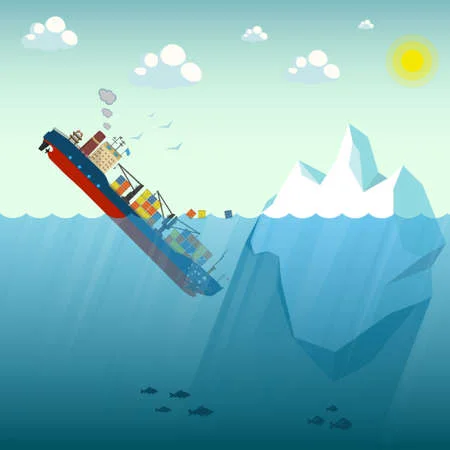The past three years have been marked by a series of contingencies such as shortages, inflation, climate issues, geopolitical and health crises. Unfortunately, it seems that these problems are becoming the norm rather than exceptional events.
To ensure the resilience of the company, it is crucial to consider the risk mapping of the supply chain in 2023.
Challenge 1: Being unable to meet the demand
A major concern is the fear of not being able to meet the demand. Despite the return of growth in certain sectors in 2022, new disruptions are expected this year. The shortage of raw materials, components, and workers poses a significant problem for supply chains worldwide.
This shortage is due to several factors, such as the Covid crisis, which led to the halt or slowdown of certain productions, as well as recruitment difficulties related to changing employee expectations regarding purpose, working conditions, and compensation.
Challenge 2: Rising costs
Another concern is the rise in costs, which is cited as the second top concern by the respondents. With the recovery of consumption after the health crisis, inflation is back. The prices of raw materials have increased due to certain shortages, and the costs of energy and transportation have also risen due to the situation in Ukraine.
It is important to find solutions to optimize the transportation budget and control the costs. Business failures are also a threat because many supply chain actors cannot pass on these cost increases to their selling prices, which affects their profitability.
Furthermore, the risks associated with cybercrime are concerning, especially for small and medium-sized enterprises that are often targeted by hackers and may struggle to protect themselves against the increasing digitization of the supply chain.

Challenge 3: Geopolitical Risks
Geopolitical risks are also a major source of concern. The conflict between Russia and Ukraine has a significant impact on the supply chains of many sectors. In addition to shortages, this conflict fuels inflation and could lead to increasingly protectionist policies, which would be detrimental to international trade.
The tensions between China and the United States regarding Taiwan could also have significant consequences, as Taiwan represents a vital portion of the global volume of semiconductors.

Challenge 4: Logistics Risks
Logistics risks rank fifth in the list of concerns. Maritime freight is still strained, with strikes in several ports and intensive work to catch up on the delays accumulated during the health crisis.
The road transport sector faces increasing demand due to the rise of e-commerce but is grappling with a shortage of qualified drivers due to unattractive salary levels and challenging working conditions.
The use of transport optimization solutions can help it organize its chartering operations more efficiently.

----------------------------
Finally, other risks such as demand volatility, resource scarcity, and the climate crisis are also concerns for supply chain actors. It is crucial for them to diversify their sourcing to address resource scarcity and to consider extreme weather events that can impact logistics infrastructure and production tools.
To strengthen your company’s resilience, it is necessary to develop strategies to cope with shortages, inflation, cyber, geopolitical, and logistical risks, as well as issues related to climate, pandemics, and corporate social responsibility.




